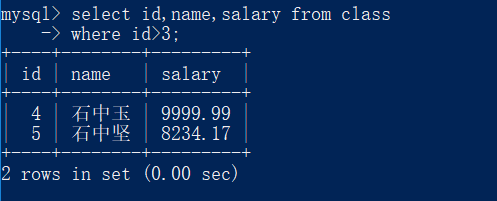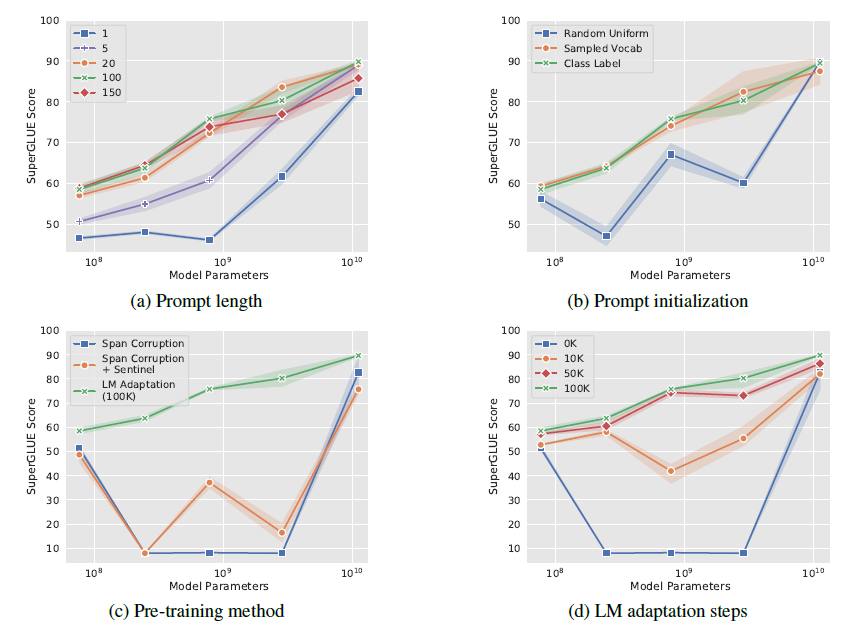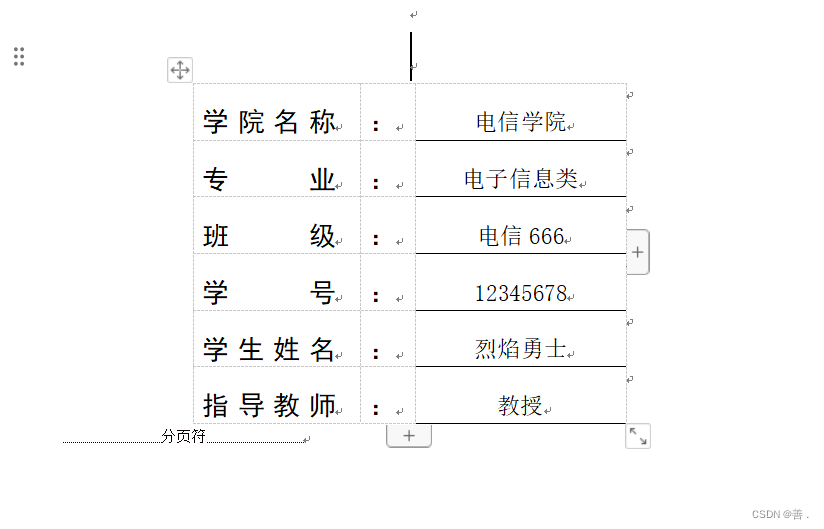一、题目描述
给定 n 个非负整数,用来表示柱状图中各个柱子的高度。每个柱子彼此相邻,且宽度为 1 。
求在该柱状图中,能够勾勒出来的矩形的最大面积。
示例 1:

输入:heights = [2,1,5,6,2,3] 输出:10 解释:最大的矩形为图中红色区域,面积为 10
示例 2:
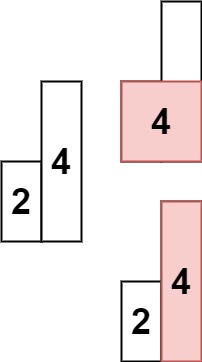
输入: heights = [2,4] 输出: 4
提示:
1 <= heights.length <=1050 <= heights[i] <= 104
二、思路分析
使用栈空间来解决本题,通过空间换时间的方式。
三、代码参考
1、Java
class Solution {
public int largestRectangleArea(int[] heights) {
// 获取数组长度
int len = heights.length;
// 数组长度为 0 或者 1 时直接返回
if(len == 0){
return 0;
}
if(len == 1){
return heights[0];
}
// 用来返回最大面积,初始值为 0
int area = 0;
// 创建栈空间做辅助
Deque<Integer> stack = new ArrayDeque<>();
// 循环遍历数组
for(int i = 0; i < len; i++){
//
while(!stack.isEmpty() && heights[stack.peekLast()] > heights[i]){
// 获取栈顶高度,并移除当前栈顶
int height = heights[stack.removeLast()];
// 做特殊的处理,如果当前栈顶的高度和上一个栈顶的高度相同,则也需要进行弹栈
while(!stack.isEmpty() && heights[stack.peekLast()] == height){
// 移除栈顶元素
stack.removeLast();
}
// 创建宽度变量,初始值为 0
int width = 0;
// 如果栈为空,说明,有效柱体能够从 i 的左边一直延伸到第一个开始
if(stack.isEmpty()){
// 所以此时的宽度为 i
width = i;
}else {
width = i - stack.peekLast() - 1;
}
// 计算面积, 长 * 宽,并获取最大面积
area = Math.max(area, height * width);
}
// 将下标存入栈空间中
stack.addLast(i);
}
// 将当前栈中的所有元素弹出
while(!stack.isEmpty()){
// 获取栈顶高度,并移除当前栈顶
int height = heights[stack.removeLast()];
// 做特殊的处理,如果当前栈顶的高度和上一个栈顶的高度相同,则也需要进行弹栈
while(!stack.isEmpty() && heights[stack.peekLast()] == height){
// 移除栈顶元素
stack.removeLast();
}
// 创建宽度变量,初始值为 0
int width = 0;
// 如果栈为空,说明,有效柱体能够从 i 的左边一直延伸到第一个开始
if(stack.isEmpty()){
// 所以此时的宽度为 len
width = len;
}else {
width = len - stack.peekLast() - 1;
}
// 计算面积, 长 * 宽,并获取最大面积
area = Math.max(area, height * width);
}
// 返回面积结果
return area;
}
}2、Python
class Solution:
def largestRectangleArea(self, heights: List[int]) -> int:
size = len(heights)
area = 0
stack = []
for i in range(size):
while len(stack) > 0 and heights[i] < heights[stack[-1]]:
height = heights[stack.pop()]
while len(stack) > 0 and height == heights[stack[-1]]:
stack.pop()
if len(stack) > 0:
width = i - stack[-1] - 1
else:
width = i
area = max(area, height * width)
stack.append(i)
while len(stack) > 0 is not None:
height = heights[stack.pop()]
while len(stack) > 0 and height == heights[stack[-1]]:
stack.pop()
if len(stack) > 0:
width = size - stack[-1] - 1
else:
width = size
area = max(area, height * width)
return area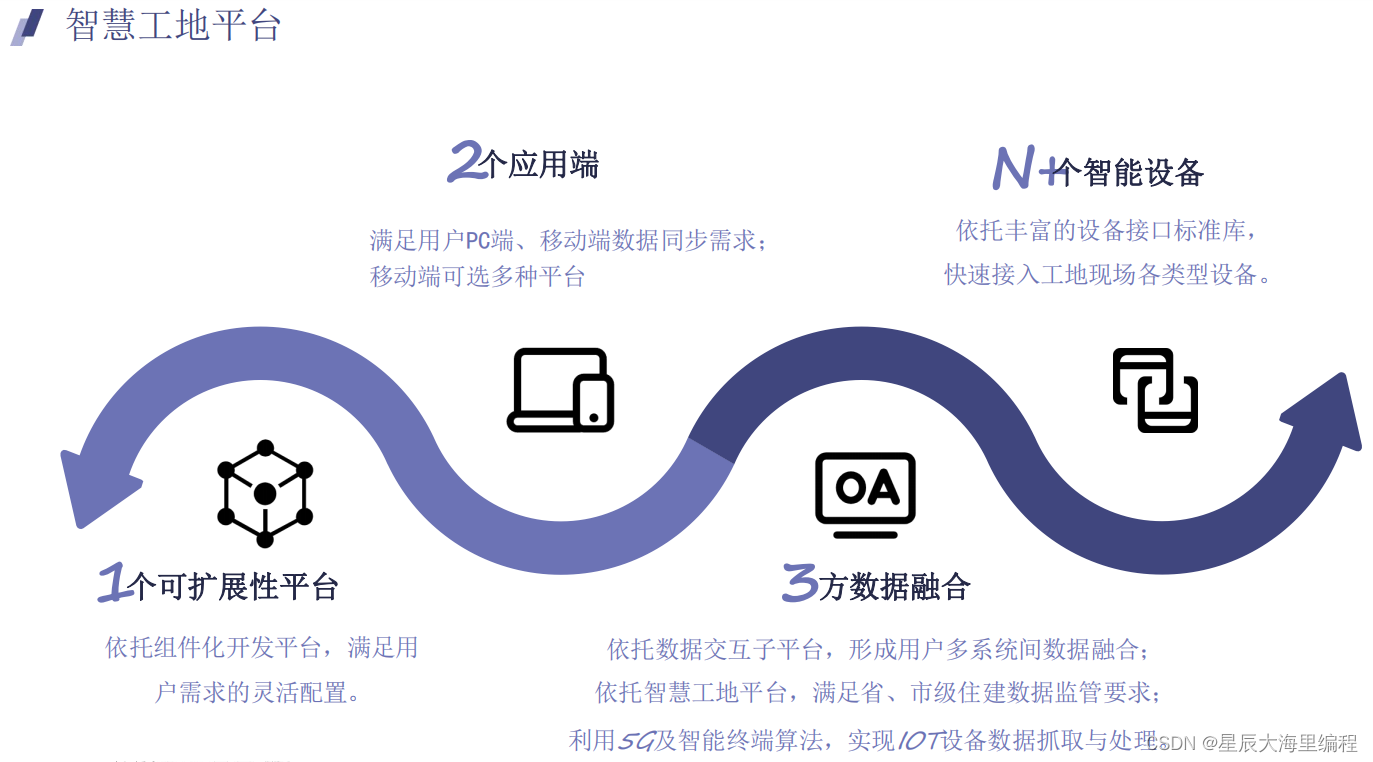
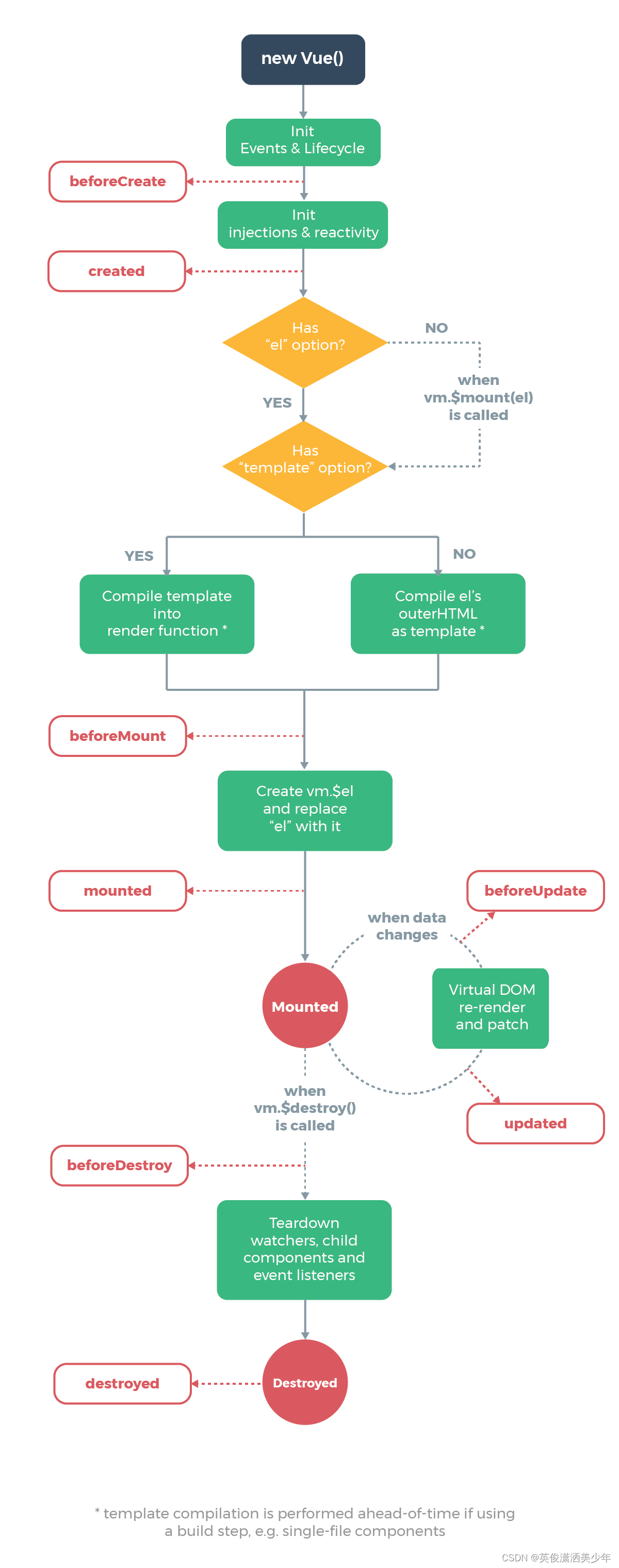

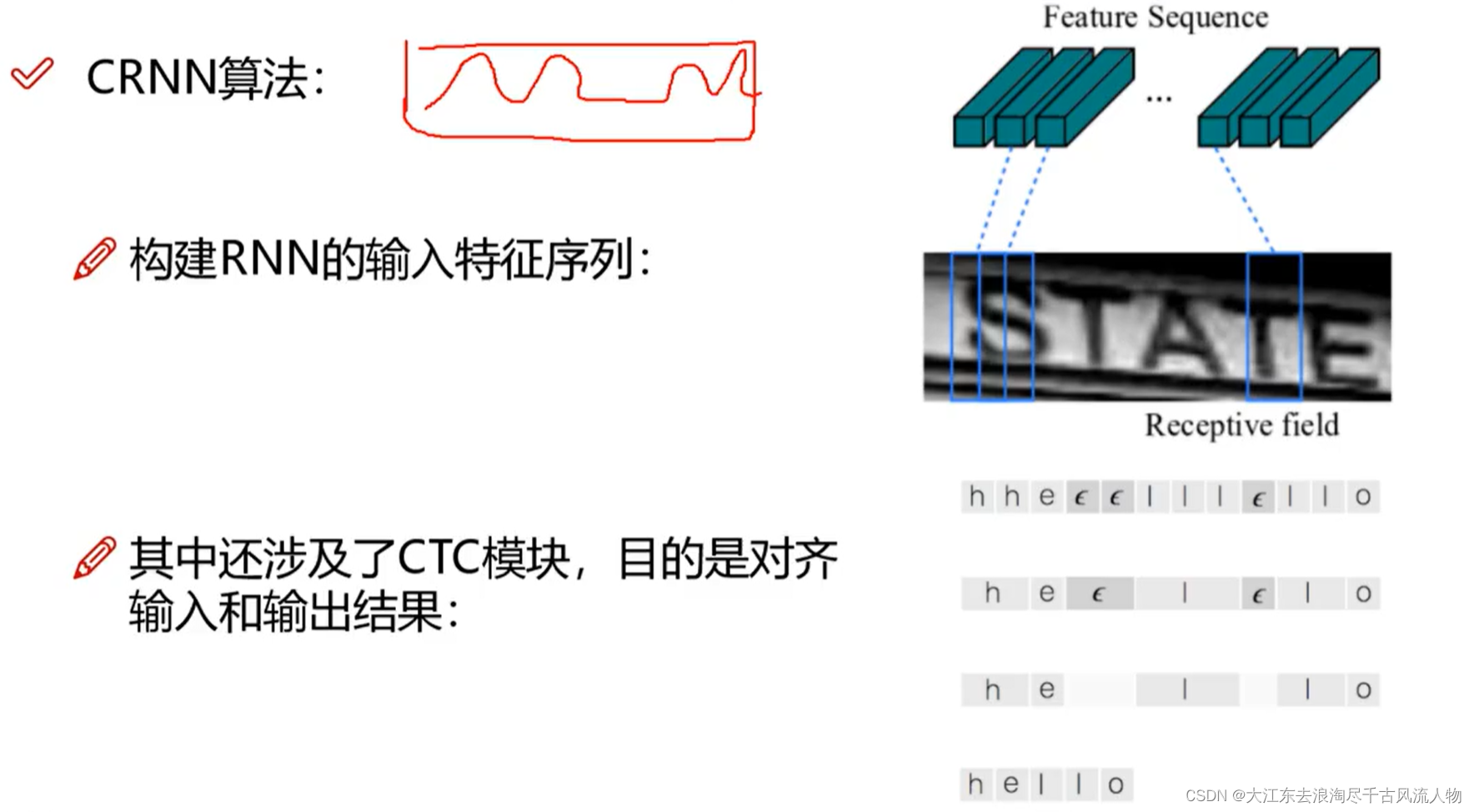
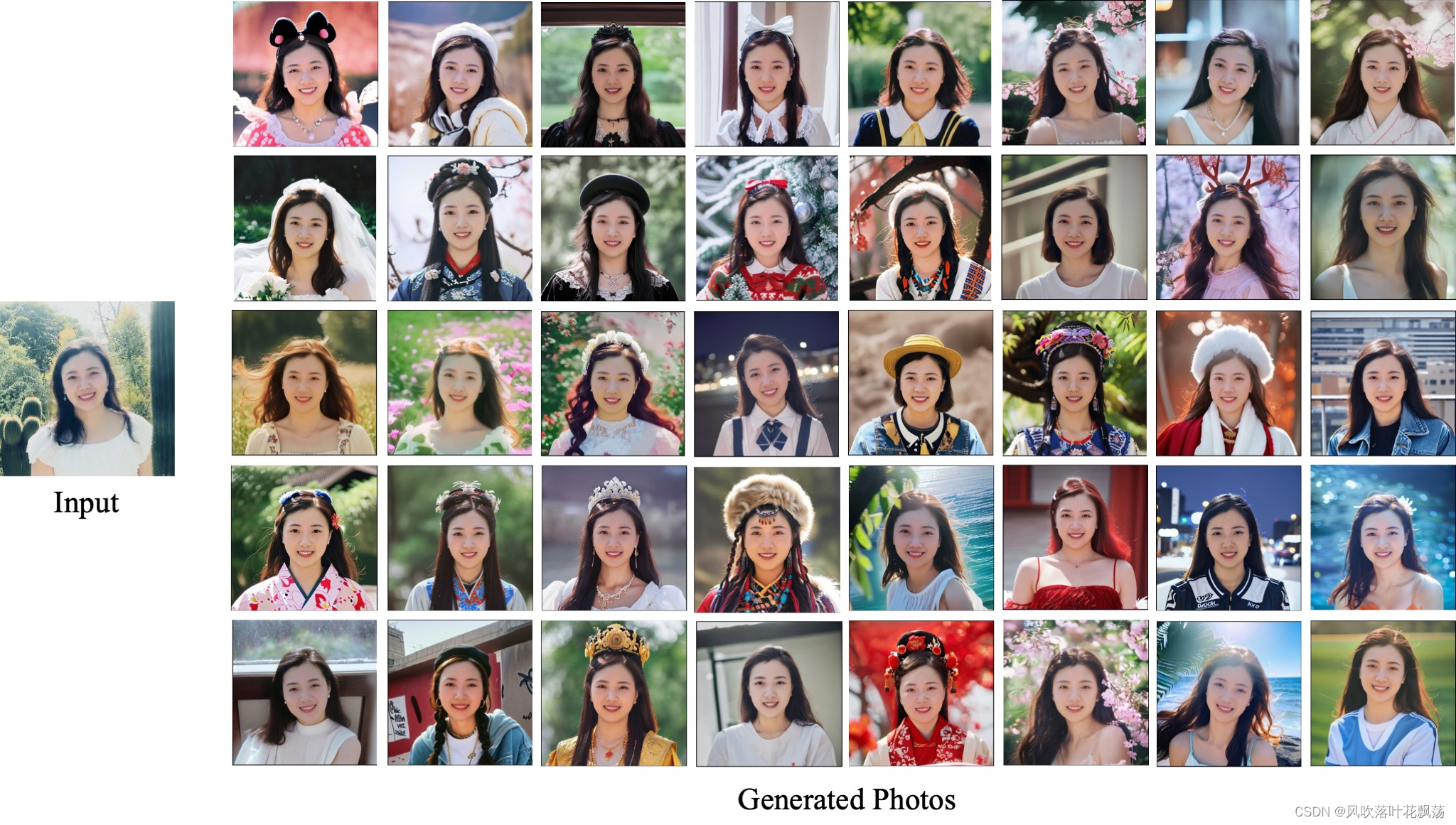
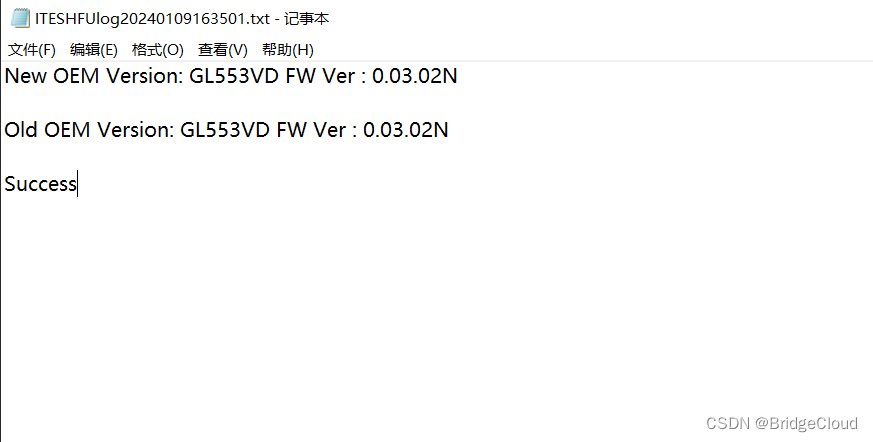

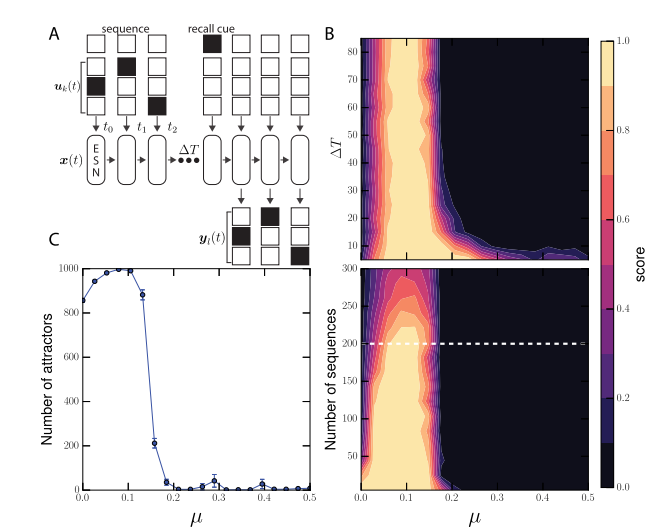


![[足式机器人]Part3 机构运动学与动力学分析与建模 Ch00-2(4) 质量刚体的在坐标系下运动](https://img-blog.csdnimg.cn/direct/5d11d57df3424ac89acac118bbbde115.png)
